Technologies
Should You Upgrade to the iPhone 14? Not So Fast
You may want to think twice before upgrading to the iPhone 14 right now.
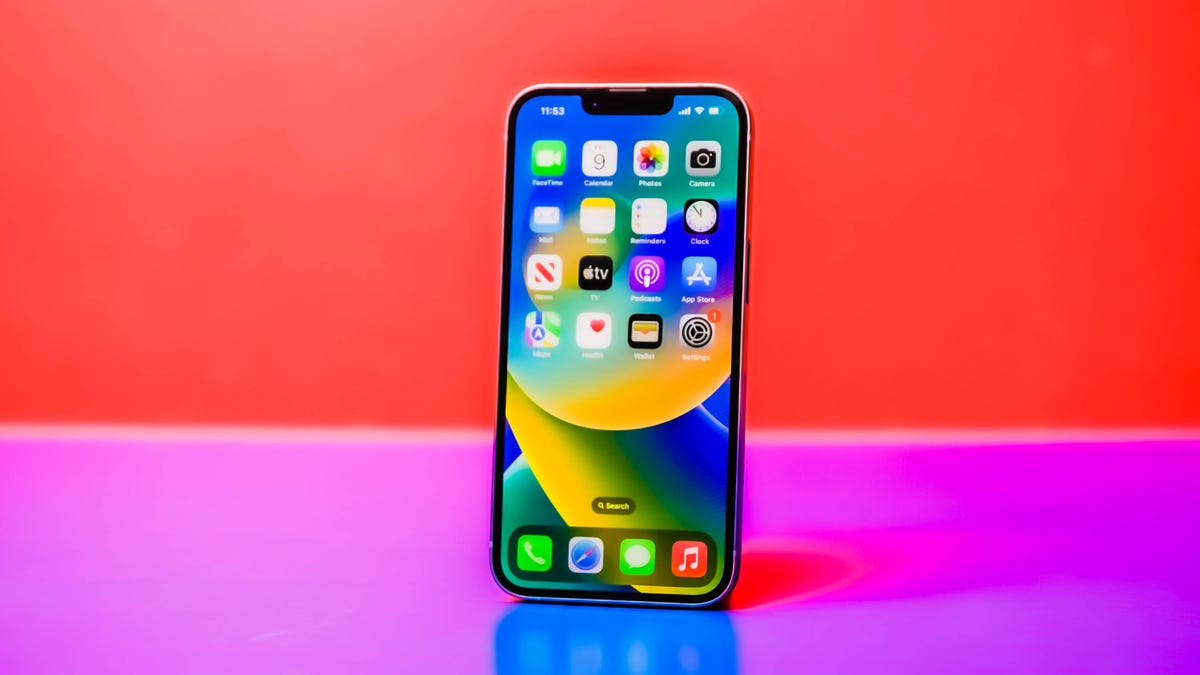
You might be eyeballing the iPhone 14 lineup — especially the Pro, which introduces a sharper camera and an always-on display. But if you don’t absolutely need a new phone right now, you’re better off waiting.
Apple usually announces new iPhones in September, which means the rumored iPhone 15 and iPhone 15 Pro could be right around the corner. Those phones are expected to come with USB-C charging for the first time among other notable changes, such as solid state buttons on the Pro models. Apple sometimes discounts older iPhones after introducing new ones, as it did with the iPhone 13 lineup last year and may do the same with the iPhone 14 this year. So whether you care about having the newest iPhone or not, it’s probably in your best interest to wait a little while longer.
Purchasing decisions will always vary depending on budget, how well your phone works right now and your personal needs, so there’s no simple answer that works for everyone. But if you’re in need of a new phone right away and can’t wait, here are the biggest differences between the iPhone 14 lineup and previous iPhone generations to help you make a decision.
What’s new in the iPhone 14
The $799 (£849, AU$1,399) iPhone 14 brought modest improvements but not game-changing ones. Those changes include nitty-gritty camera improvements and the support for satellite-based emergency messaging.
The iPhone 14 also has a new internal design, with simpler access to internal components, making it easier to repair than previous models. iFixit, a website that disassembles tech products and assesses how easy they are to fix, called it «the most repairable iPhone in years.» And if you want these features in a larger size, the iPhone 14 Plus starts at $100 more, at $899.
Apple saved its most interesting new features for the Pro lineup, including the Dynamic Island that replaces the notch, the new A16 Bionic processor and a 48-megapixel main camera sensor.
Apple’s Newest Releases
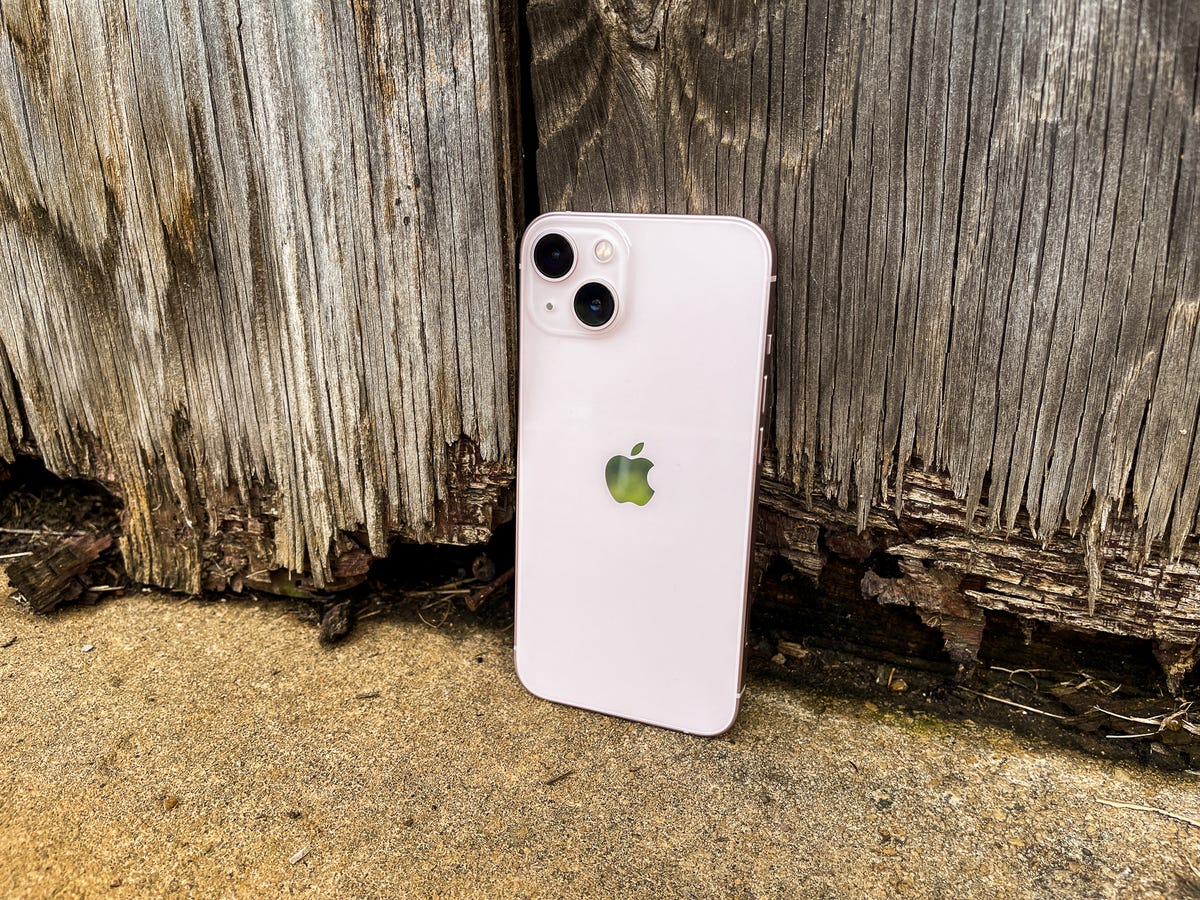
iPhone 14 vs. iPhone 13, 13 Pro, 13 Pro Max
The iPhone 14 lineup introduced new features such as car-crash detection, the removal of the physical SIM card for US phones, and enhanced cameras on the rear and front. Despite those changes, iPhone 14 isn’t different enough to justify upgrading from the iPhone 13. And even though Apple finally got rid of the infamous notch in the Pro models, the 14 and 14 Plus still have one — it’s the same smaller notch that debuted on the iPhone 13 series. In fact, the iPhone 14 represents «one of the most minimal year-over-year upgrades in Apple’s history,» according to CNET’s Patrick Holland, who reviewed Apple’s latest phones.
The iPhone 14 and iPhone 14 Plus have the A15 Bionic chip from iPhone 13 Pro and iPhone 13 Pro Max. The 14’s screen looks exactly like the one on the 13. Perhaps the most prominent change was the introduction of a larger version of the iPhone 14 called the iPhone 14 Plus, which has a 6.7-inch screen like the Pro Max. That means you no longer have to splurge on Apple’s most expensive iPhone if you want the largest screen possible.
Of course, the iPhone 14 is still highly rated, but we recommend skipping this upgrade. If you need a new iPhone and can’t wait for the iPhone 15, we suggest going for an iPhone 14 Pro or iPhone 14 Pro Max if you can afford it. These phones are expensive, but provide access to some salient changes — namely a high-refresh rate display, Apple’s new Dynamic Island multitasking bar, an always-on display as well as better cameras among other features.
The bottom line: If you have an iPhone 13 or 13 Pro, don’t upgrade to the iPhone 14. But if you are determined to get a new phone, go for the iPhone 14 Pro or 14 Pro Max, especially if you must have the Dynamic Island right now.
Read more: iPhone 14 Pro and 14 Pro Max Review
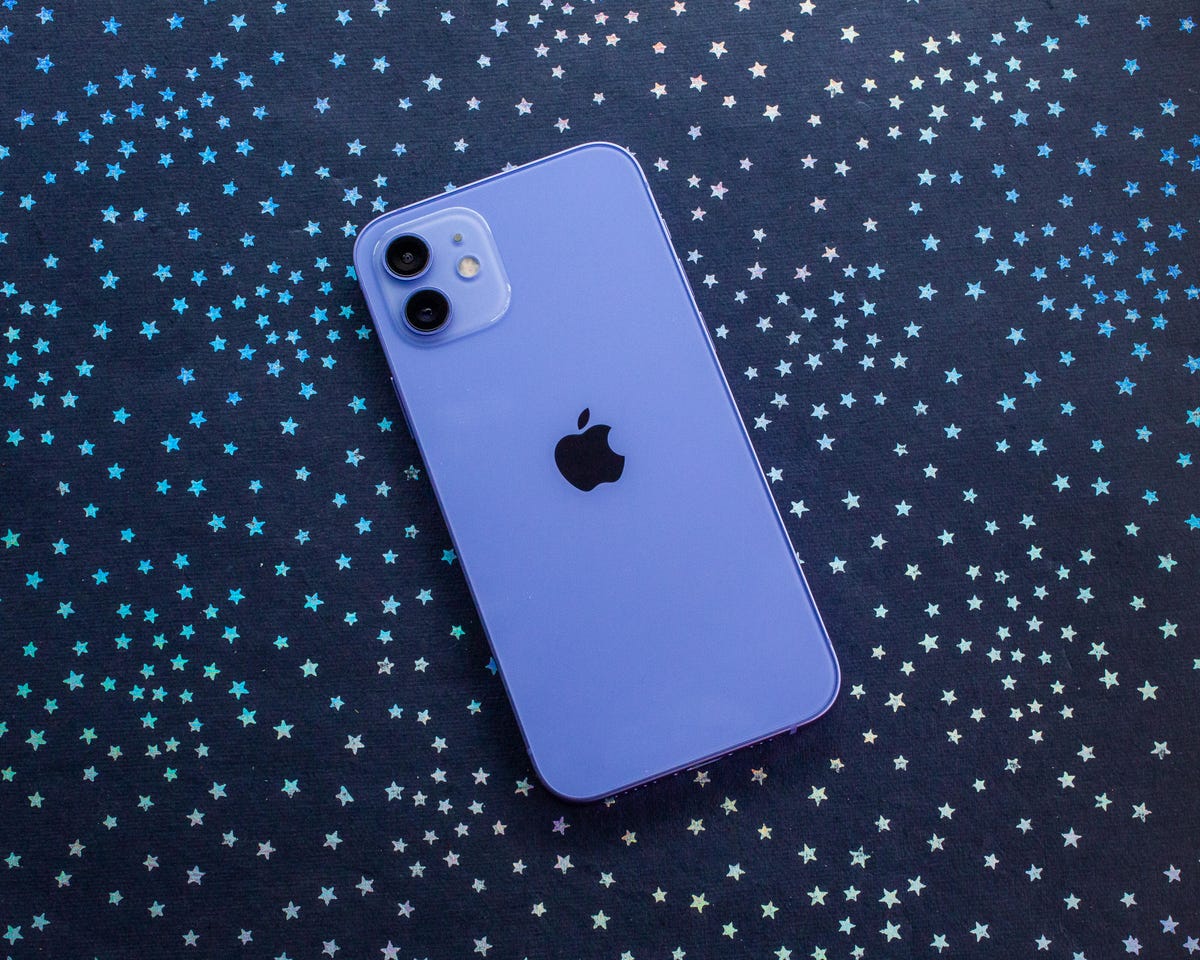
iPhone 14 vs. iPhone 12, 12 Pro
Even though the iPhone 12 lineup was released in 2020, it still shares many similarities with Apple’s latest phones. Both the iPhone 12 and iPhone 14 support 5G, run on fast processors, offer great cameras and include MagSafe accessory compatibility.
Since the iPhone 14 is more of a refresh than a major upgrade, we recommend hanging onto your iPhone 12 if it’s still in good condition and waiting for the iPhone 15. You can still take advantage of the iPhone’s latest software when iOS 17 comes out in the fall, bringing new features like Standby mode for turning your phone into a mini smart display and improvements to the messaging app among other additions.
The iPhone 14 received a few notable camera upgrades, like a larger sensor, a new lens with a faster aperture, improved photo processing and Action Mode which makes the movements in videos look smoother when you record them.
But the iPhone 12’s cameras remain excellent even though they are almost 3 years old. The iPhone 12 has a 12-megapixel dual camera system, while the iPhone 12 Pro includes a third camera with a telephoto lens. Check out our iPhone 12 review to see how the cameras held up when CNET put them through the paces.
It’s worth remembering that you get more noticeable upgrades with the iPhone 14 Pro and Pro Max. These include everything that’s new in the 14, as well as an upgraded main camera with a larger 48-megapixel sensor, an ultrawide camera that allows you to take Macro photos and a third camera with a telephoto lens. If you can get a good trade-in deal that significantly knocks down the iPhone 14 Pro’s price, upgrading from the regular iPhone 12 is a decent step-up.
The bottom line: You should wait for the iPhone 15 since the iPhone 14 isn’t dramatically different. However, the iPhone 14 Pro and 14 Pro Max bring more significant changes that could be worthwhile if you can snag a good trade-in deal.
Read more: All The «New» iPhone Features That Have Been on Android For Years
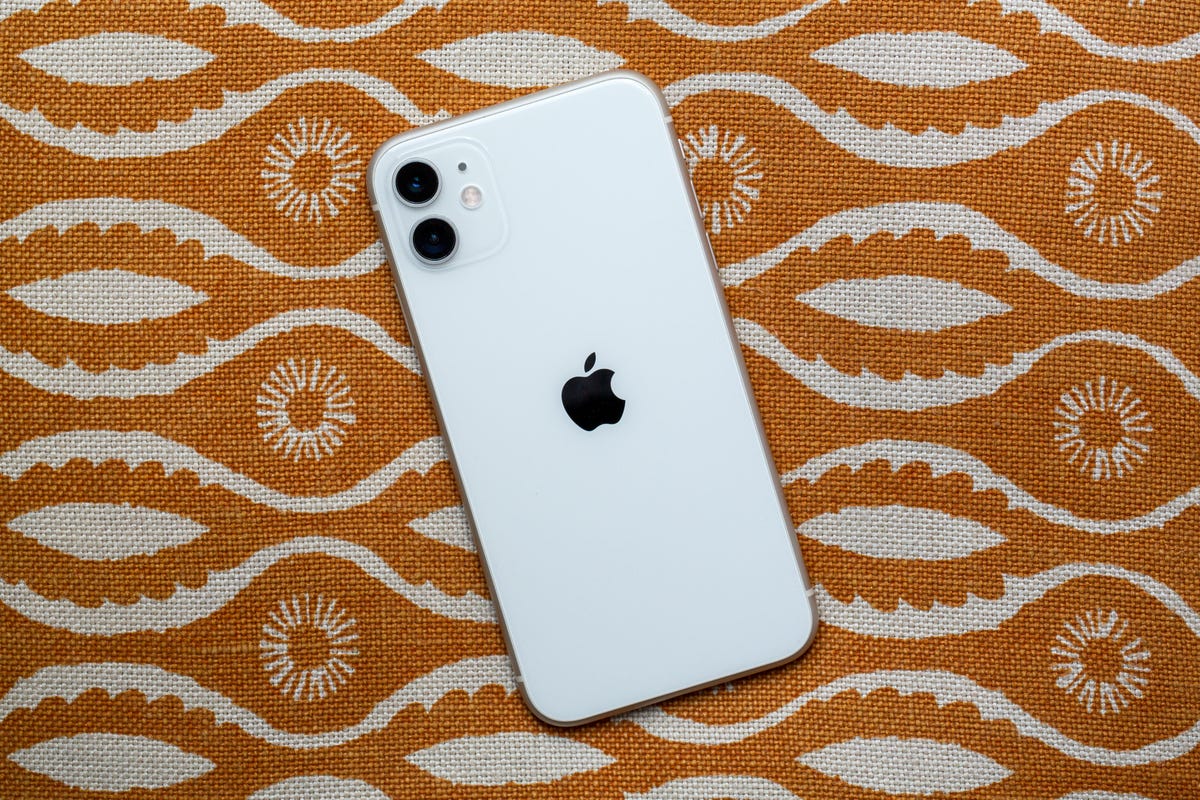
iPhone 14 vs. iPhone 11, 11 Pro
If you’re using an iPhone 11, we recommend upgrading. Since Apple’s new iPhones may be right around the corner, you should still wait a little longer if you can. But if you do need a new phone right now and can get the iPhone 14 at a solid trade-in discount, there are plenty of improvements to look forward to.
In the last three or so years, Apple has made enough changes to features including battery life, performance, screen quality, cameras and durability to merit buying a new iPhone.
Upgrading to the iPhone 14 will get you 5G support, more storage (128GB at the base level versus 64GB) a better main camera with a wider aperture lens, new video shooting options like Action mode and Cinematic mode, a better selfie camera with Night mode and Apple’s Photonic Engine processing, compatibility with Apple’s MagSafe accessories, longer battery life and faster performance. That’s in addition to car-crash detection and Apple’s new emergency satellite messaging feature.
Most of the photography and videography improvements are dramatic changes compared to the iPhone 11. And the longer battery life and additional storage space are welcomed upgrades that you’ll notice on a daily basis.
As previously mentioned, if you go for the 14 Pro instead, you get a new 48-megapixel main camera, a closer 3x optical zoom versus the 11 Pro Max’s 2x zoom, the Dynamic Island instead of the notch and numerous other upgrades like an always-on display.
The bottom line: The iPhone 14 lineup includes enough changes to justify upgrading from the iPhone 11. But if your phone is still in good condition and you’re satisfied with it, wait a little while longer for the iPhone 15 (or a newly discounted iPhone 14).
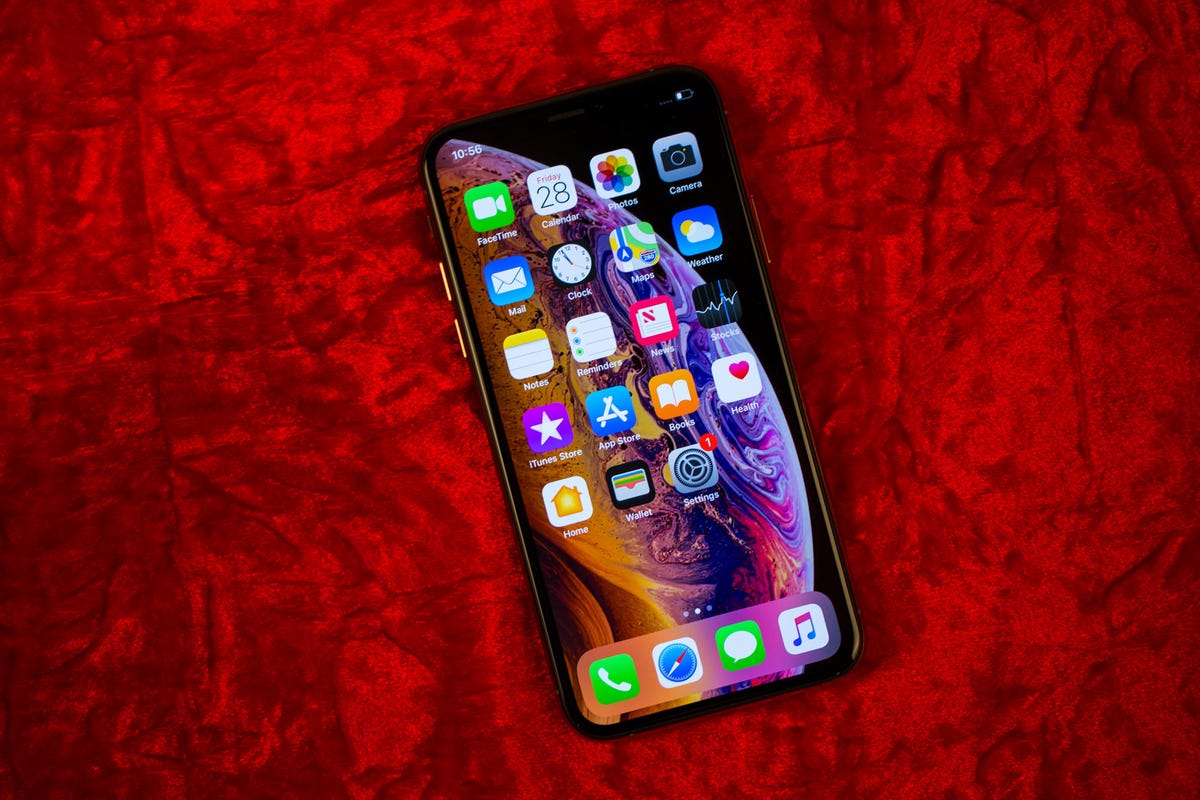
iPhone 14 vs. iPhone XS, XS Max, XR
If you bought the iPhone XS, XS Max or XR at launch, that means your phone is almost 5 years old and is probably starting to feel sluggish. That alone makes a strong case for upgrading, but you should probably still wait for the iPhone 15 if you can.
However, if you need a new phone right now, there’s plenty to gain from upgrading. Compared to the iPhone XS, the iPhone 14 provides six hours of additional battery life (according to Apple’s estimates). In addition to everything that’s new in the iPhone 14 specifically, you’ll also get other upgrades Apple has added to the iPhone over the past few years.
Those include 5G support, more storage (again, you get 128GB versus 64GB), faster performance and a better camera. The iPhone XS generation lacks Night mode for taking clearer pictures in the dark, and it also doesn’t have Deep Fusion, which is Apple’s name for its image processing technique that improves detail and clarity in darker environments. The XS’s front camera has a lower 7-megapixel resolution compared to the larger and newer 12-megapixel sensor on the iPhone 14. If you’re upgrading from an iPhone XR, you’ll also get an additional camera with an ultrawide lens for taking broader group shots for the first time.
The iPhone 14 also has a larger 6.1-inch screen compared to the iPhone XS’ 5.8-inch display (the iPhone XS Max has a 6.5-inch screen, while the XR’s screen is also 6.1 inches). The design has also changed quite a bit over the past four years; newer models have flat edges, a slightly smaller notch, different finishes and a new «squircle»-shaped camera module that replaces the pill-shaped rear camera cutout. So your phone will not only feel more modern, but it’ll look newer, too.
The bottom line: If you have an iPhone XS, XS Max or XR, it’s definitely worth upgrading. You get a noticeable boost in camera quality, battery life and performance among other areas. But again, remember that the iPhone 15 and a newly discounted iPhone 14 may be arriving in just a few weeks.
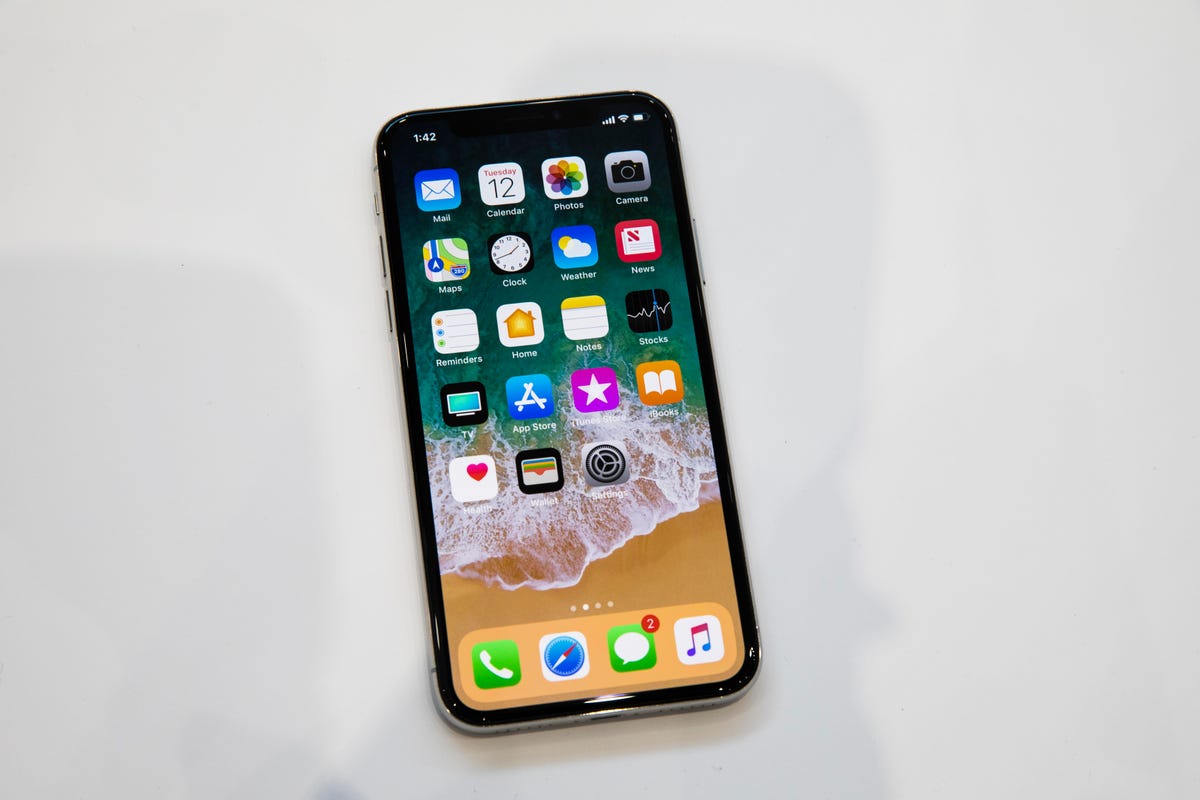
iPhone 14 vs. iPhone X
The iPhone X is almost 6 years old, which means it probably feels slow and its battery life isn’t what it used to be. With an iPhone 14, you’ll notice a major upgrade in both categories, as well as design, improved durability, connectivity and camera quality. But if you’re in a position to do so, you should wait and see what the expected iPhone 15 has to offer.
If you can’t wait until September, which is when Apple typically releases new iPhones, here’s what you’ll get by upgrading to the iPhone 14. The iPhone X runs on a much older A11 Bionic chip that’s now roughly 6 years old, while the iPhone 14 runs on Apple’s much more recent A15 Bionic processor. The iPhone 14 Pro and Pro Max run on Apple’s newer A16 Bionic chip. Both new processors are way ahead of the A11 chip, which only has a two-core neural engine compared to the A15 Bionic’s 16-core neural engine.
The iPhone’s neural engine powers tasks that rely on machine learning and artificial intelligence, which are becoming a bigger part of the iPhone experience. Things like app suggestions in the App Library and Apple’s Translate app rely on machine learning to function, which indicates that the iPhone X may struggle to keep up with newer capabilities.
The iPhone X also has a dual-lens camera similar to that of the iPhone XS, meaning it’s missing the iPhone 14’s camera hardware improvements in addition to Night mode, Deep Fusion and the ability to control depth-of-field and blur levels in Portrait mode. Like the iPhone XS, you’re only getting a 7-megapixel front camera compared to a 12-megapixel selfie camera on Apple’s newer phones.
Apple’s more than five-year-old iPhone also has shorter battery life, with Apple estimating it should last for 13 hours when playing back video compared to 20 hours on the iPhone 14. The iPhone 14’s 6.1-inch screen is bigger than the 5.8-inch display on the iPhone X, and it should also be brighter since it can reach 800 nits of max brightness compared to the iPhone X’s 625-nit screen.
The iPhone 14 supports Dolby Atmos and spatial audio playback, while the iPhone X just has stereo playback. That’s probably not a deal-breaker, but might be crucial if you watch a lot of video on your phone without headphones.
And of course, there’s the benefit of getting car-crash detection, Apple’s new emergency SOS messaging via satellite option, better water resistance (up to 6 meters for 30 minutes versus 1 meter), 5G support, more storage space, Ceramic Shield for the display, a refreshed design and the option to use MagSafe accessories on the iPhone 14.
The bottom line: If you have the iPhone X, it’s time to upgrade. The iPhone 14 will feel new in just about every way, from the camera to performance, battery life and the way it looks and feels. And the iPhone X doesn’t support Apple’s upcoming software upgrade, iOS 17, so you’ll be missing out on new features. But if you’ve waited this long, it’s a good idea to hang in there just a little longer for the expected iPhone 15.
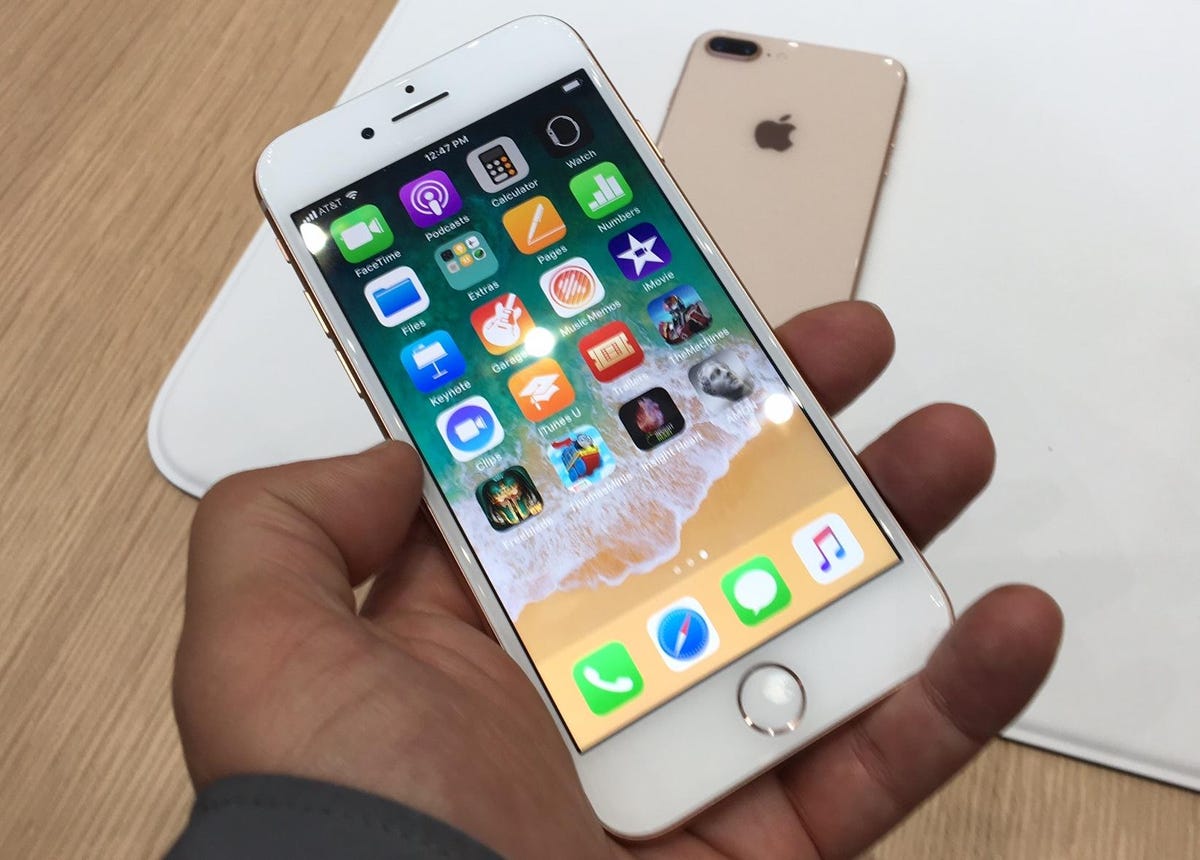
iPhone 14 vs. iPhone 8, 8 Plus
The iPhone 8 generation has Apple’s legacy iPhone design, which is fitting for a phone that’s now almost 6 years old. If you have an iPhone 8 and are considering an upgrade, many of the reasons to do that are the same as the reasons to upgrade from the iPhone X. The processor is getting old, which could make it harder to use newer iPhone features that rely on machine learning. The cameras are outdated and lack features like Night mode (the smaller iPhone 8 doesn’t have Portrait mode either, since it only has one lens). And it doesn’t support iOS 17. By upgrading, you’ll get more storage, significantly longer battery life, new software, support for 5G connectivity and MagSafe accessories, too.
Again, remember that the iPhone 15 could debut next month, meaning it’s a good idea to wait if you can. But if you need a new phone immediately, the biggest difference you’ll notice by upgrading to the iPhone 14 comes down to design, which is much more than just an aesthetic upgrade. Phones with Apple’s more modern edge-to-edge screen trade Touch ID for Face ID, which lets you unlock your phone and authenticate payments just by looking at your device. If you prefer Touch ID over Face ID, especially since it’s difficult to use Face ID while wearing a mask, you might want to at least consider upgrading to the $429 iPhone SE, since it has the same processor as the iPhone 13, 5G compatibility and plenty of photography improvements inside a similar body to the iPhone 8.
Upgrading to the iPhone 14 has a noticeably large jump in display size and quality. Since newer phones like the iPhone 14 don’t have a home button, there’s more room for Apple to expand the screen without making the device feel cumbersome. The iPhone 14’s screen is even larger than the iPhone 8 Plus’ 5.5-inch screen despite the device itself feeling more compact. (And for more perspective, consider that the iPhone 13 Mini has a 5.4-inch display). If you go for the 14 Pro you get another big change: the Dynamic Island, which transforms the notch area into an area for viewing alerts, system notifications and apps running in the background like Spotify or Apple Music.
From personal experience, switching from an iPhone 8 (which has a 4.7-inch screen) to the iPhone 12’s 6.1-inch display makes reading, checking email and watching videos much more comfortable. The screen isn’t only larger, but it’s also more vibrant with better contrast since it uses an OLED display rather than LCD.
The bottom line: The iPhone 14 is a huge jump from the iPhone 8. Everything about this phone will feel fast and new: the much larger and bolder screen, Face ID, the speedier processor, its longer battery life and of course the substantially upgraded cameras. Of note however, if you really want to get a newer iPhone but keep the iPhone 8’s design, trade up to the current 2022 iPhone SE. And remember that the iPhone 15 and a newly discounted iPhone 14 could be arriving soon, so it’s wise to wait a little longer if possible.
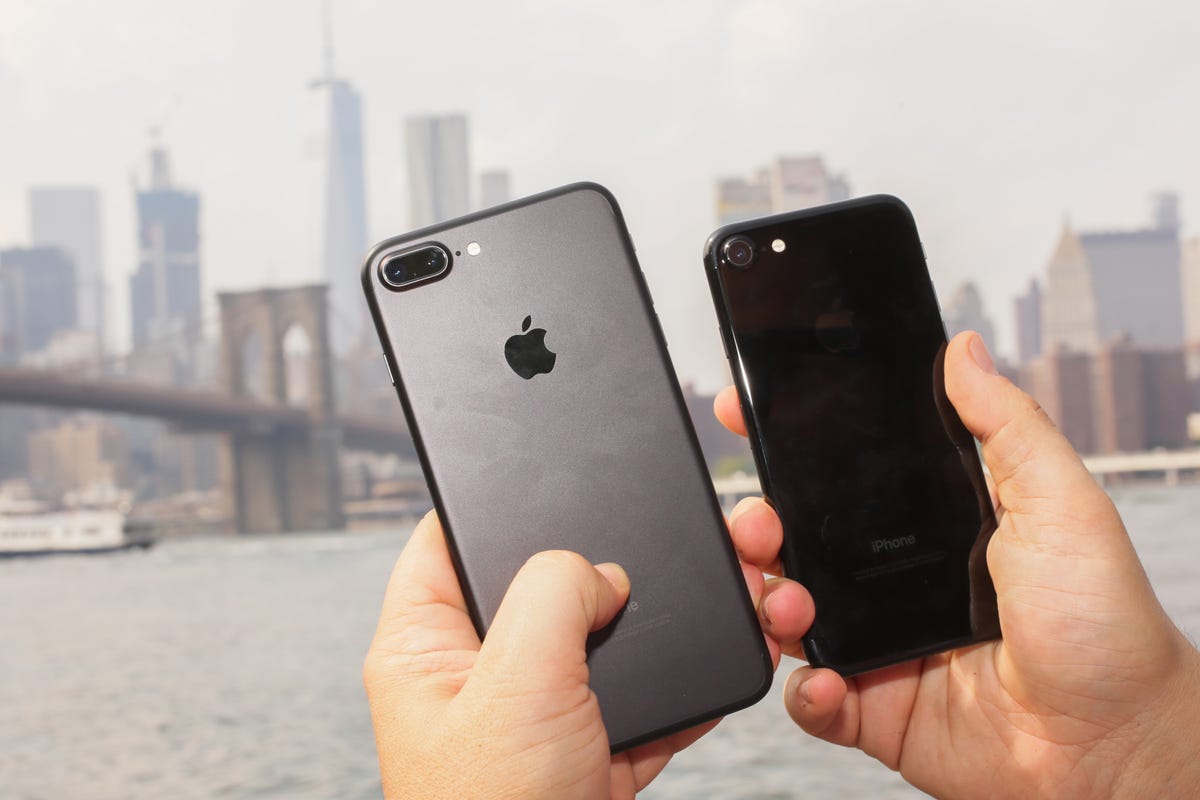
iPhone 14 vs. iPhone 7, 7 Plus
If you have an iPhone 7, it’s time to upgrade. It’s almost 7 years old, and it shows in everything from the processor to the camera and storage space. The iPhone 7 doesn’t support iOS 17, providing another incentive for acquiring a newer device. If you can’t afford to wait for the iPhone 15, which is expected to debut in September, here’s what you’ll get by upgrading to the iPhone 14.
While we generally recommend choosing the iPhone 14 Pro over the iPhone 14 in most cases, coming from a phone this old, means you’ll find plenty that’s new in the iPhone 14.
The iPhone 7 runs on an aging A10 Fusion processor, which doesn’t even have a neural engine and is years behind Apple’s latest technology. It has a single-lens camera without Portrait mode, while the 7 Plus has two cameras. But those cameras lack many modern features like Night mode and Portrait Lighting, which adds specific lighting effects to your portraits.
Similar to the iPhone 8, the iPhone 7 series includes Touch ID and comes in either 4.7- or 5.5-inch screen sizes. But since the iPhone 7 is a year older than the iPhone 8, it’s also missing wireless charging, which means you must plug it in to charge.
If you’ve owned an iPhone 7 for several years, it’s probably bursting at the seams since it has substantially less storage space. The entry-level iPhone 7 only came with 32GB of space, which is a quarter of capacity available on the cheapest iPhone 14.
The iPhone 14 brings major gains in nearly every aspect. The standard model has a larger, bolder and brighter bezel-free 6.1-inch screen that still feels compact since it doesn’t have a home button. It runs on Apple’s A15 Bionic processor, which is better equipped to handle newer iOS features. And it has a drastically improved dual-lens camera with a larger main camera sensor and advanced features like the new Cinematic mode for video and Night mode. Plus, Apple’s estimates indicate it’ll offer seven hours of additional battery life during video playback, which is a huge bump.
The bottom line: If you’re still holding onto your iPhone 7, there’s no question that you’re due for an upgrade. A better screen, compatibility with iOS 17, longer battery life and more advanced cameras are just a few of the gains the iPhone 14 has to offer over the iPhone 7. And similar to my recommendation with the iPhone 8, if you really want to keep the home button and save some money, consider the iPhone SE. It gives you more recent performance upgrades while keeping a similar phone style. Just remember that the iPhone 15 is expected to arrive in just a few weeks, which also means the iPhone 14 might see a price cut soon. So it’s worth waiting just a bit longer if you can.
Technologies
Here’s the Best Time to Spot November’s Supermoon, the Brightest Moon of 2025
Does the moon look brighter and bigger? It’s not just you — here’s why this month’s supermoon is even more super.

November is a great month for skygazers, featuring a trio of meteor showers and the return of the northern hemisphere winter constellations. This week, it also features the second of four consecutive supermoons. This month’s supermoon will happen on Nov. 4-5, and November’s beaver moon is special because it’ll be the brightest full moon of 2025.
Don’t miss any of our unbiased tech content and lab-based reviews. Add CNET as a preferred Google source.
In addition to being a supermoon, November’s full moon is known as the beaver moon. There is some debate as to why it was named this way. Some believe that this was the best time of year in the old days to set beaver traps to get pelts for winter clothing. Others believe that it coincides with the busiest part of the year for beavers, who are now stocking their lodges with supplies for the upcoming winter.
The brightest supermoon: When’s the best time to see it?
The moon will reach peak illumination at 8:19 a.m. ET on Nov. 5, making the evening of Nov. 4 and the morning of Nov. 5 the best times to view the moon.
Since moon phases shift slowly, the moon will appear almost full for nearly a week. If you are unable to view the full moon on its best night due to weather or other reasons, you can still see a mostly full moon at any point from Nov. 3 to Nov. 8.
For all of those days, the moon will be measurably brighter in the night sky compared to any other full moon in 2025. The reason for this is because of the moon’s elliptical orbit. Since it’s not a perfect circle, the moon’s 27.3-day journey around the Earth brings it closer to us on some days, a phenomenon known as perigee. If there is a full moon during this time, it’s branded as a «perigean full moon,» which you may know better as a supermoon.
Not all supermoons are equal, and November’s will be a little more special than others. According to The Farmer’s Almanac, the beaver moon will be a scant 221,817 miles away from Earth, making it the closest full moon of the year. That means it’ll be the biggest and brightest of the year.
In practice, the differences are fairly minor and likely won’t be visible to the naked eye when compared side by side to other supermoons. A supermoon is only about 7% larger than a regular full moon. According to NASA, the biggest difference is when comparing a supermoon to a micromoon, where a supermoon will be about 14% larger and 30% brighter. So, if you notice that your backyard patio is lit up more than usual, it’s because of the supermoon.
Also due to the moon’s orbit, November will also bring a micro new moon, which means the moon will be as far away from the Earth as it can get — a phenomenon known as apogee. November’s new moon occurs on Nov. 20, but you won’t be able to see it.
Technologies
Today’s NYT Mini Crossword Answers for Monday, Nov. 3
Here are the answers for The New York Times Mini Crossword for Nov. 3.
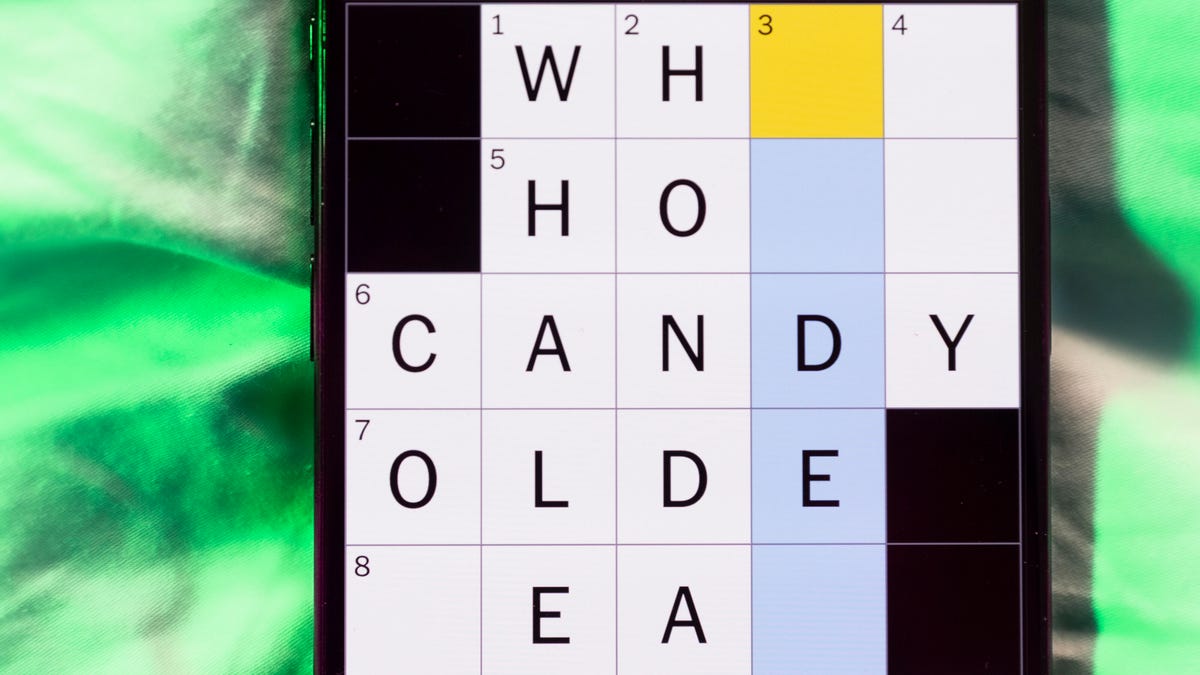
Looking for the most recent Mini Crossword answer? Click here for today’s Mini Crossword hints, as well as our daily answers and hints for The New York Times Wordle, Strands, Connections and Connections: Sports Edition puzzles.
Need some help with today’s Mini Crossword? It’s fairly straightforward, but if you need help, read on. And if you could use some hints and guidance for daily solving, check out our Mini Crossword tips.
If you’re looking for today’s Wordle, Connections, Connections: Sports Edition and Strands answers, you can visit CNET’s NYT puzzle hints page.
Read more: Tips and Tricks for Solving The New York Times Mini Crossword
Let’s get to those Mini Crossword clues and answers.
Mini across clues and answers
1A clue: On the ___ (using Tinder or Bumble)
Answer: APPS
5A clue: Color of the second-hardest Connections category
Answer: BLUE
6A clue: Prepare, as a Thanksgiving turkey
Answer: CARVE
8A clue: Have to have
Answer: NEED
9A clue: Camper’s construction
Answer: TENT
Mini down clues and answers
1D clue: Kimmel’s channel
Answer: ABC
2D clue: Audience member who’s in on the magic trick
Answer: PLANT
3D clue: Many a baby food
Answer: PUREE
4D clue: Typical number of objects that humans can hold in working memory, hence phone numbers
Answer: SEVEN
7D clue: Summer hrs. in N.Y.C.
Answer: EDT
Technologies
Today’s NYT Connections: Sports Edition Hints and Answers for Nov. 3, #406
Here are hints and the answers for the NYT Connections: Sports Edition puzzle for Nov. 3, No. 406.
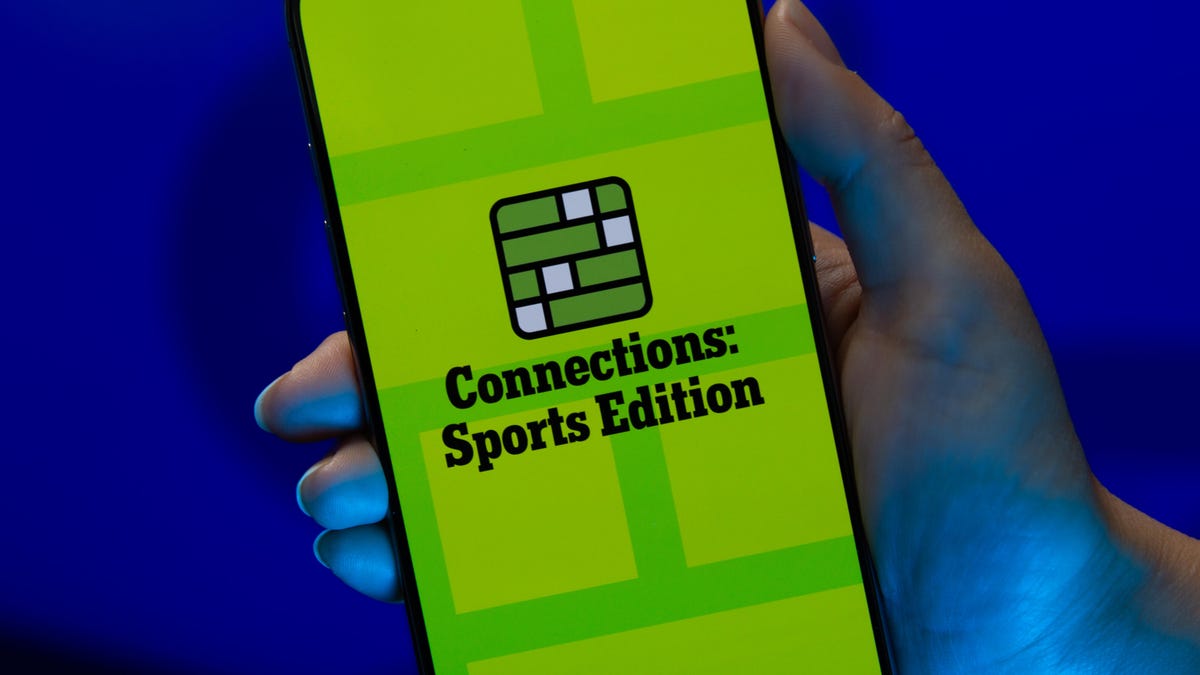
Looking for the most recent regular Connections answers? Click here for today’s Connections hints, as well as our daily answers and hints for The New York Times Mini Crossword, Wordle and Strands puzzles.
Today’s Connections: Sports Edition is a fun one. The purple category, as always, is a real brain-bender. If you’re struggling but still want to solve it, read on for hints and the answers.
Connections: Sports Edition is published by The Athletic, the subscription-based sports journalism site owned by the Times. It doesn’t show up in the NYT Games app but appears in The Athletic’s own app. Or you can play it for free online.
Read more: NYT Connections: Sports Edition Puzzle Comes Out of Beta
Hints for today’s Connections: Sports Edition groups
Here are four hints for the groupings in today’s Connections: Sports Edition puzzle, ranked from the easiest yellow group to the tough (and sometimes bizarre) purple group.
Yellow group hint: Catch up!
Green group hint: Beehive State.
Blue group hint: Hoops statistics.
Purple group hint: Signal-callers, but tweak their last name.
Answers for today’s Connections: Sports Edition groups
Yellow group: Fall behind.
Green group: Utah teams.
Blue group: Categories of points in a basketball box score.
Purple group: NFL QBs, with the first letter changed.
Read more: Wordle Cheat Sheet: Here Are the Most Popular Letters Used in English Words
What are today’s Connections: Sports Edition answers?
The yellow words in today’s Connections
The theme is fall behind. The four answers are drop back, falter, lag and trail.
The green words in today’s Connections
The theme is Utah teams. The four answers are Cougars, Jazz, Mammoth and Utes.
The blue words in today’s Connections
The theme is categories of points in a basketball box score. The four answers are bench, fast-break, paint and second-chance.
The purple words in today’s Connections
The theme is NFL QBs, with the first letter changed. The four answers are cove (Jordan Love), Ellen (Josh Allen), mix (Bo Nix) and wields (Justin Fields).
-

 Technologies3 года ago
Technologies3 года agoTech Companies Need to Be Held Accountable for Security, Experts Say
-

 Technologies3 года ago
Technologies3 года agoBest Handheld Game Console in 2023
-

 Technologies3 года ago
Technologies3 года agoTighten Up Your VR Game With the Best Head Straps for Quest 2
-

 Technologies4 года ago
Technologies4 года agoVerum, Wickr and Threema: next generation secured messengers
-

 Technologies4 года ago
Technologies4 года agoBlack Friday 2021: The best deals on TVs, headphones, kitchenware, and more
-

 Technologies4 года ago
Technologies4 года agoGoogle to require vaccinations as Silicon Valley rethinks return-to-office policies
-

 Technologies4 года ago
Technologies4 года agoOlivia Harlan Dekker for Verum Messenger
-

 Technologies4 года ago
Technologies4 года agoiPhone 13 event: How to watch Apple’s big announcement tomorrow
